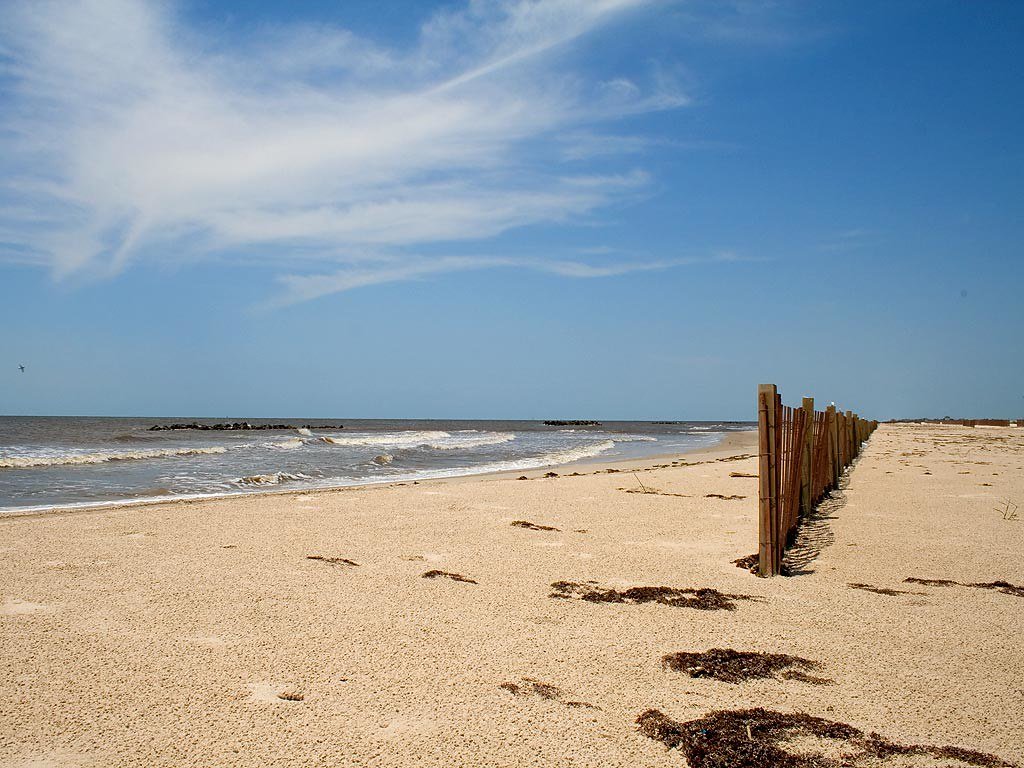Imagine walking through the forests of ancient Ohio and catching sight of a creature so unexpected, it seems plucked straight from a fantastical storybook. Towering over modern rodents, with teeth the size of your thumb and a body bulkier than most people could ever imagine, the giant beaver once called this land home. These prehistoric behemoths, known as Castoroides, were not the cute, log-gnawing animals we see today, but massive, awe-inspiring mammals that could rival a black bear in size. Their existence paints a vivid, almost unbelievable picture of North America’s ancient wilderness—a world both strange and spectacular, where giants roamed beneath the shadow of glaciers. Prepare to journey back in time to meet Ohio’s forgotten giant.
The Astonishing Castoroides: Nature’s Oversized Engineer
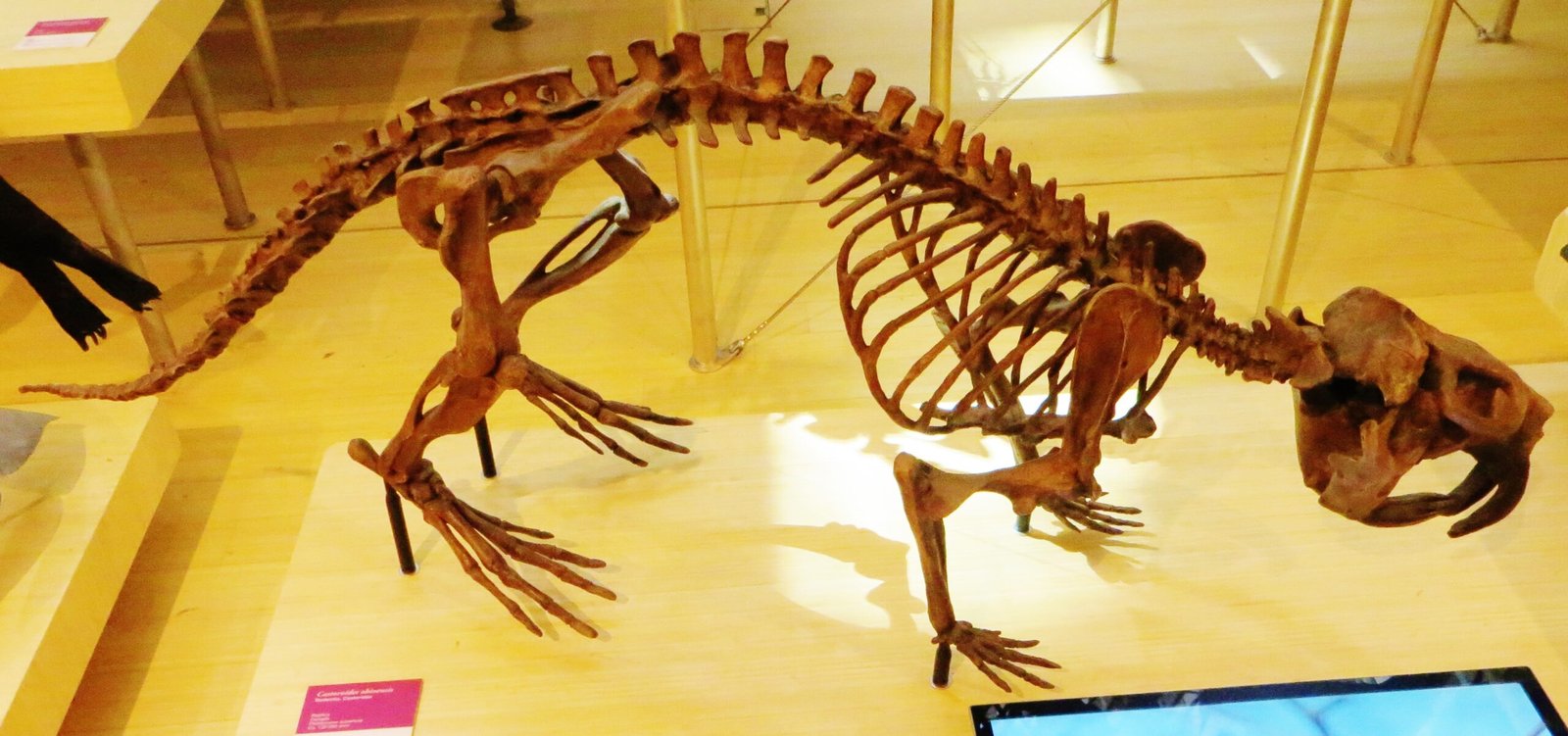
The giant beaver, scientifically named Castoroides, was truly a marvel of prehistoric engineering. Unlike its modern relatives, this animal could reach lengths of up to eight feet and weigh as much as 220 pounds, making it nearly the size of a small black bear. Its skull was massive, with long incisors that curved slightly, and its body was built for power. When you picture today’s beaver and then magnify it several times, you’re still only beginning to grasp the sheer scale of Castoroides. Their presence would have dominated the rivers, lakes, and wetlands of ancient Ohio. Encountering one would have been both thrilling and intimidating—a reminder that the past was a world of giants.
A Fossil Discovery That Changed Our View of the Past
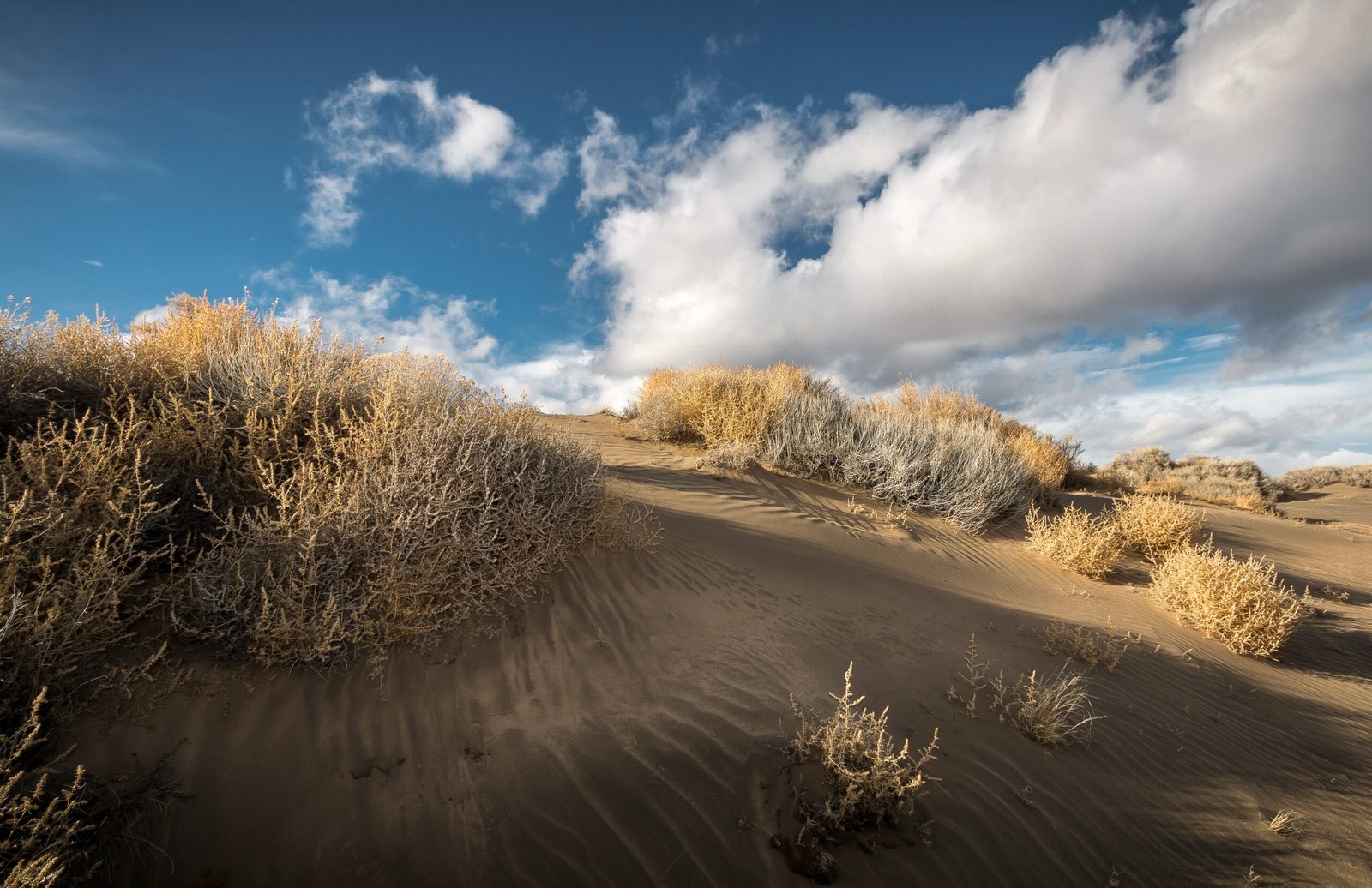
The first fossils of Castoroides were unearthed in Ohio during the 19th century, sending ripples of excitement through the scientific community. These discoveries included enormous teeth and jawbones, unlike anything seen before. At first, some people believed these bones belonged to monstrous rodents or even mythical beasts. Eventually, careful study revealed their true identity—a giant version of the beaver we know today. The sheer size of these fossils made scientists rethink what they knew about Ice Age mammals and the ecosystems that supported them. Each new find added another piece to the puzzle of Ohio’s prehistoric landscape.
How the Giant Beaver Lived: A Peek Into Their World

Castoroides thrived during the last Ice Age, roughly 2.5 million to 10,000 years ago. Ohio’s ancient landscape was a patchwork of cold forests, sprawling wetlands, and meandering rivers—ideal habitat for these oversized rodents. Scientists believe they built lodges and dams much like modern beavers, but on a much grander scale. Imagine a dam strong enough to alter the course of a river or a lodge big enough to house a family the size of large dogs. Their daily lives revolved around water, where they foraged for aquatic plants and used their powerful jaws to strip bark and roots. Their presence shaped the environment, creating ponds and wetlands that supported countless other species.
Teeth Built for a Giant’s Appetite
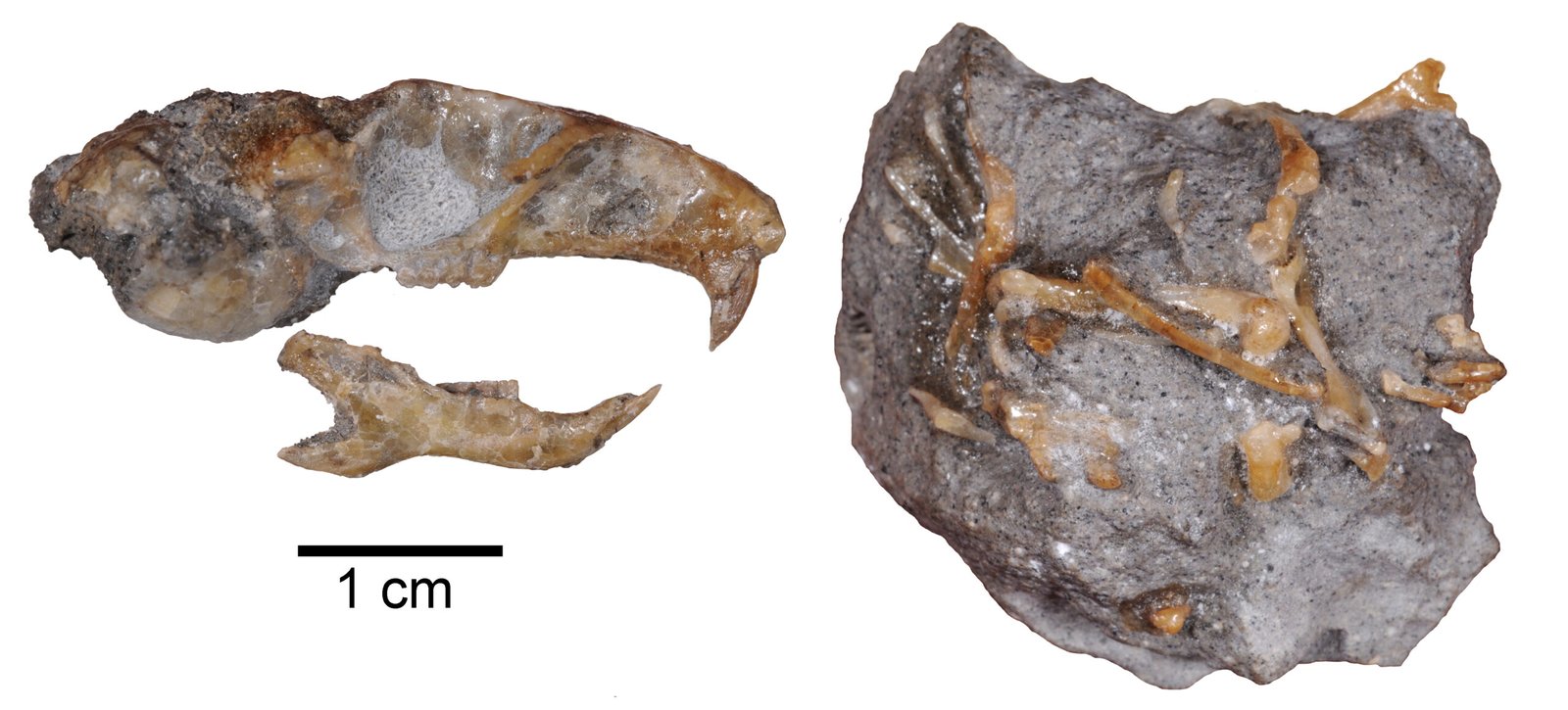
One of the most surprising features of Castoroides was its teeth. These rodents sported incisors that could reach nearly six inches long, thick and curved like chisels. Unlike the sharp, orange teeth of today’s beavers, Castoroides’ teeth were broad and robust—perfect for gnawing through tough vegetation. Scientists think they primarily ate aquatic plants, roots, and possibly bark, but their massive jaws suggest they could tackle much tougher fare if needed. Imagine hearing the crunch of those jaws echo across a prehistoric marsh. Their dental adaptations were a key factor in their success, helping them exploit resources other animals couldn’t.
Comparing Giants: Castoroides vs. Modern Beavers
Modern beavers are impressive in their own right, but when compared to Castoroides, they seem almost petite. Today’s North American beaver rarely exceeds 60 pounds and reaches just over three feet in length. By contrast, Castoroides dwarfed them in every way—body mass, skull size, and even tail width. While both species shared similar habits, such as building dams and lodges, the scale and strength of the giant beaver’s constructions would have been unmatched. If you imagine a modern beaver gnawing through a sapling, picture Castoroides taking on a full-grown tree with ease. The differences highlight just how extraordinary this extinct species truly was.
The Environment of Ancient Ohio: A Prehistoric Paradise
During the reign of Castoroides, Ohio was a land transformed by shifting glaciers and vast wetlands. The climate was cooler than today, and the landscape teemed with now-extinct megafauna, from woolly mammoths to mastodons. Rivers overflowed their banks, creating marshes that stretched for miles—perfect for a semi-aquatic giant like Castoroides. These wetlands would have been noisy, bustling places, filled with the sounds of giant beavers, trumpeting mastodons, and the calls of ancient birds. The presence of such giants indicates that resources were plentiful and the habitat was rich beyond measure.
Why Did the Giant Beaver Disappear?
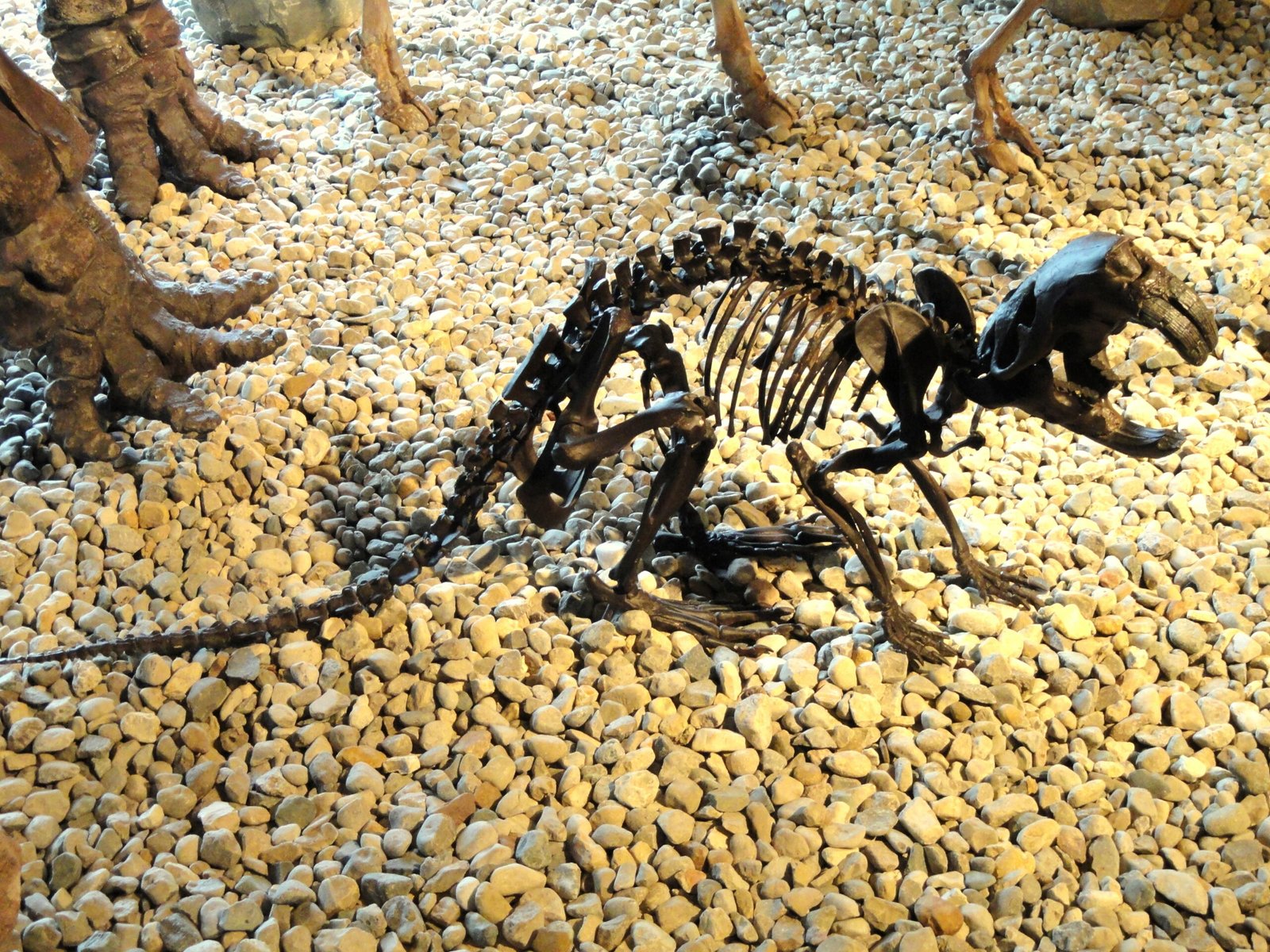
The extinction of Castoroides remains a subject of much debate and fascination. Around 10,000 years ago, as the last Ice Age ended, dramatic changes swept across North America. The climate warmed, glaciers retreated, and wetlands began to dry up or shift. These environmental shifts likely played a significant role in the giant beaver’s decline. Some scientists also point to competition with humans, who arrived in the region and may have hunted Castoroides or altered its habitat. The disappearance of such a unique creature left a hole in Ohio’s ecosystem, forever changing the natural history of the region.
What Modern Science Reveals About Castoroides
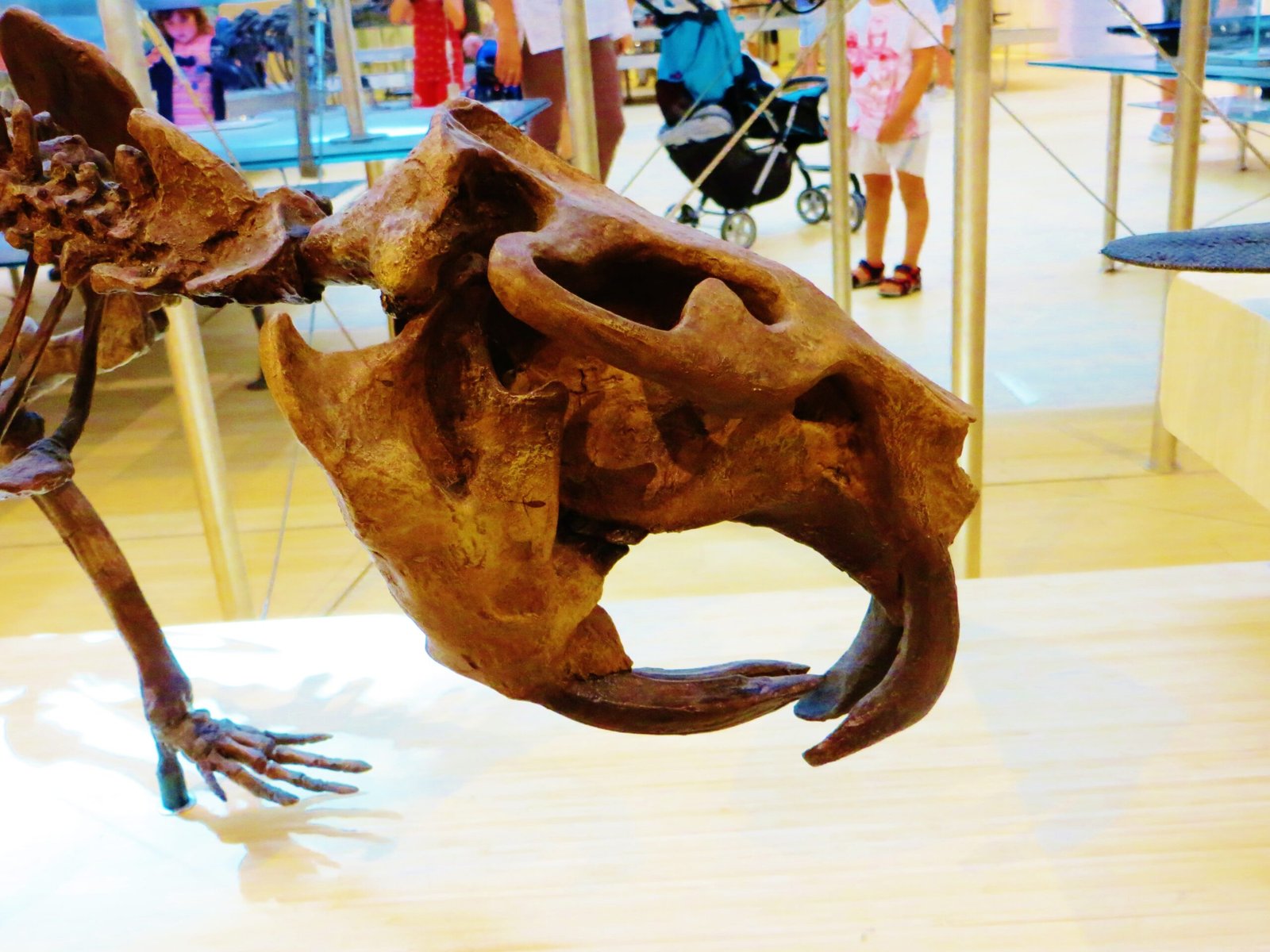
Thanks to advances in paleontology and technology, scientists have learned more about Castoroides in the last few decades than ever before. CT scans and 3D imaging allow researchers to study fossilized bones in incredible detail, reconstructing everything from muscle structure to feeding habits. Isotopic analysis of teeth has given clues to their diet and migration patterns. New fossil discoveries continue to emerge, each one offering fresh insights into how these giants lived and interacted with their environment. Science is constantly peeling back layers of mystery, turning the story of Castoroides into a living narrative.
The Legacy of Ohio’s Giant Beaver
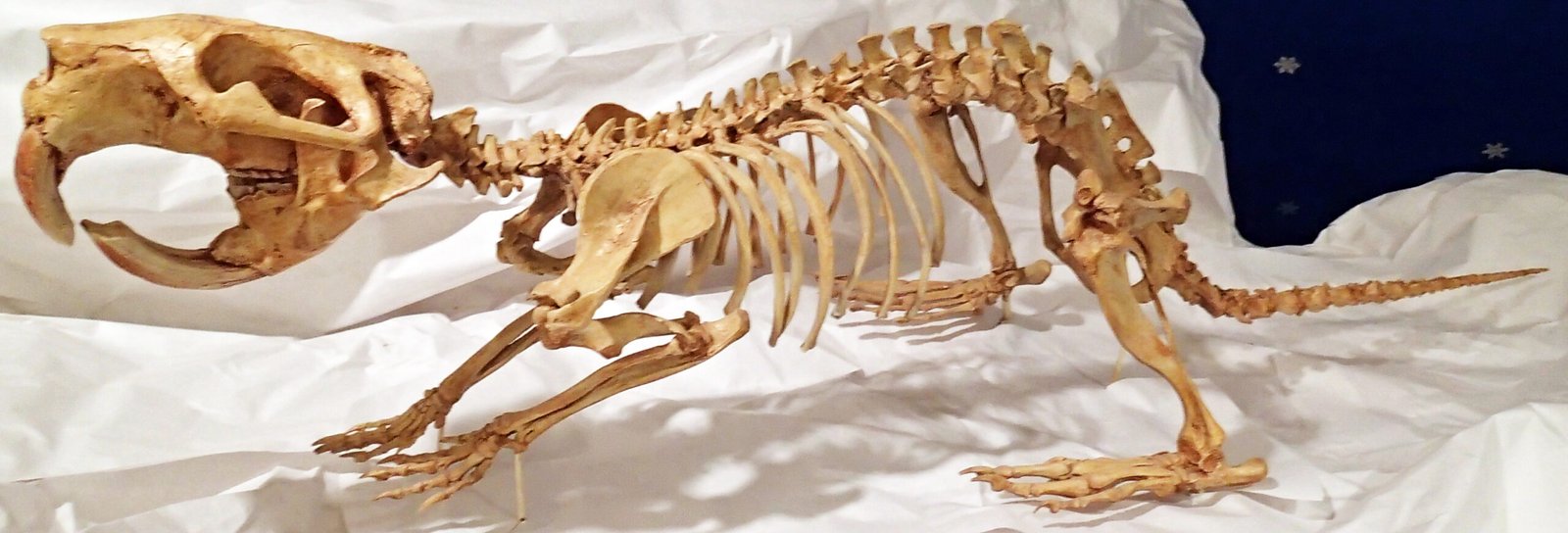
Although Castoroides vanished thousands of years ago, its legacy still shapes Ohio today. The wetlands that the giant beaver once engineered are now critical habitats for countless plants and animals. In some ways, modern beavers carry on this ancient tradition, though on a much smaller scale. The fossils left behind are a powerful reminder of the region’s deep time, connecting us to a world that existed long before cities, farms, or highways. Museums across Ohio display these fossils, sparking curiosity in children and adults alike, and reminding us that giants once walked where we now live.
Could Giant Beavers Return? Lessons From the Past
While it’s highly unlikely that Castoroides will ever roam Ohio again, their story sparks big questions about extinction and survival. In a world where habitats change rapidly and species face new threats, the fate of the giant beaver offers both a warning and an inspiration. Conservationists look to the past to guide efforts in protecting today’s wildlife, learning from both the triumphs and tragedies of ancient ecosystems. The tale of Castoroides is a testament to the power of adaptation—and the consequences when even giants cannot keep pace with a changing world.
The Enduring Fascination With Prehistoric Giants
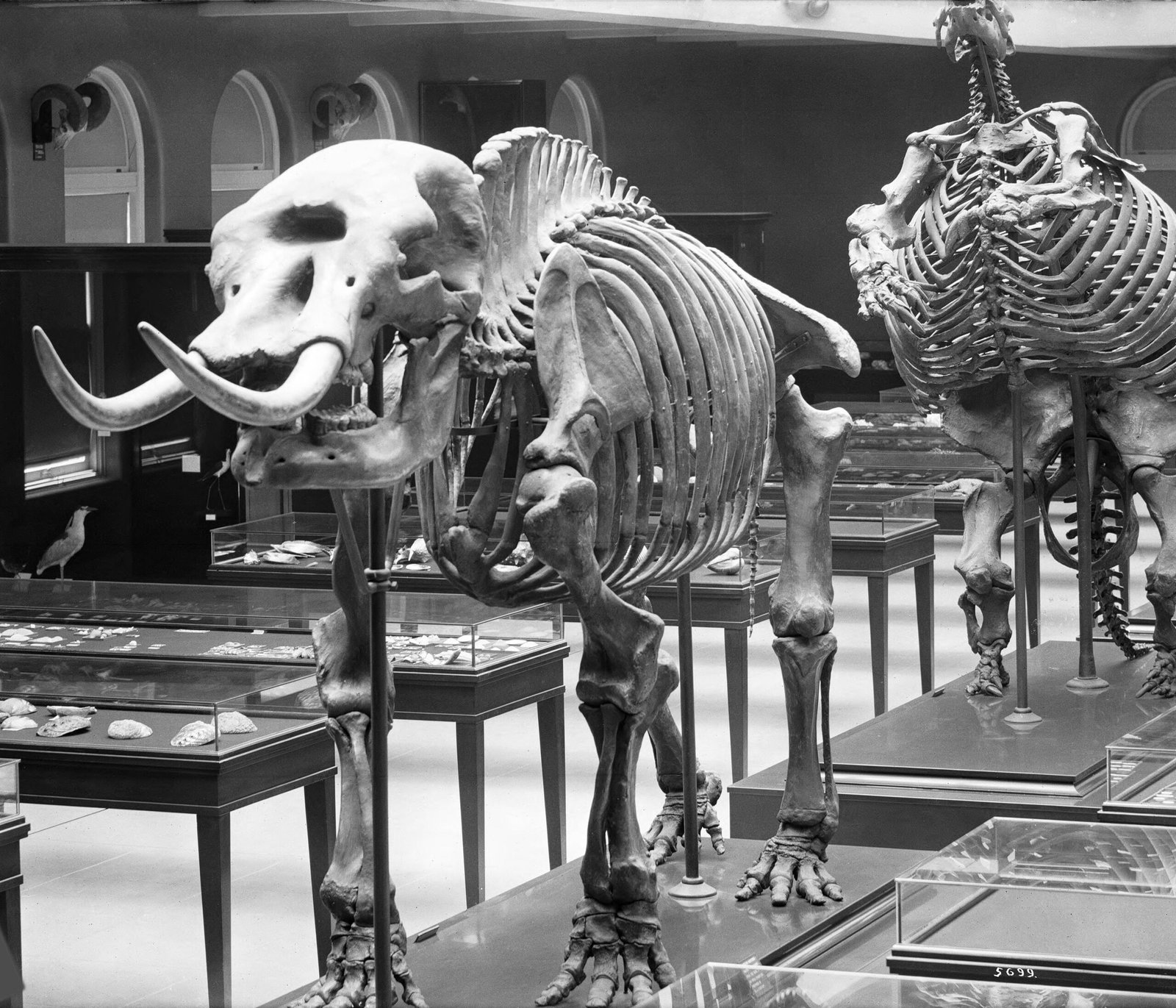
There’s something undeniably captivating about the idea of giant animals walking the earth. Stories of Castoroides ignite the imagination, conjuring visions of a time when the ordinary was extraordinary and every day might bring an encounter with a true colossus. For scientists, these creatures are more than curiosities—they are keys to understanding evolution, ecology, and the history of life itself. For everyone else, they are a reminder that the world has always been full of surprises, and that beneath our feet lies a hidden history waiting to be discovered.




